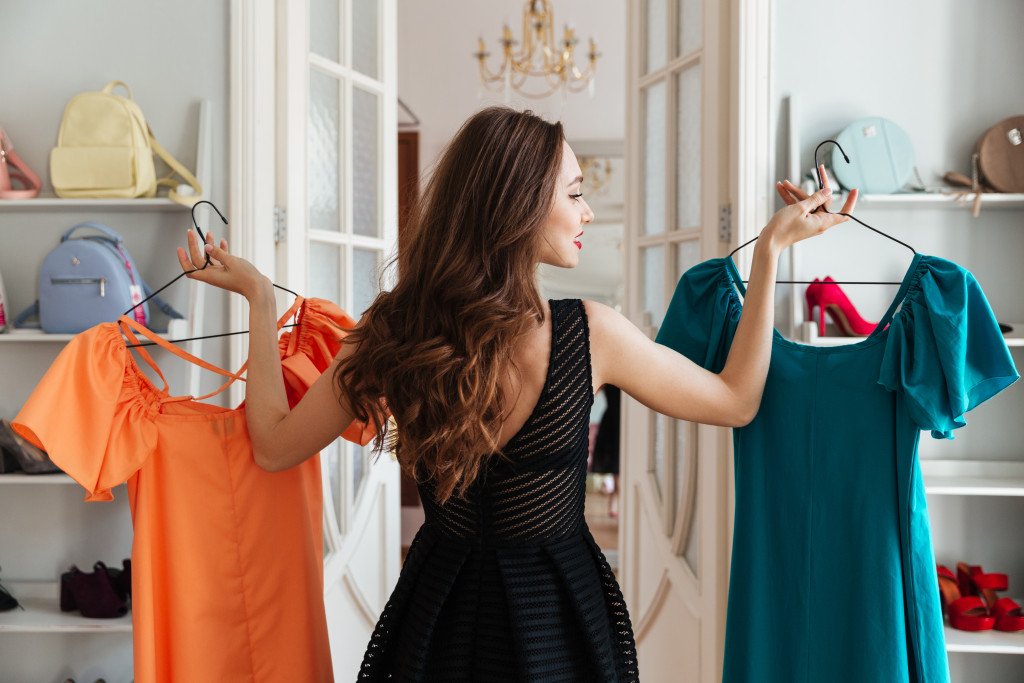The coronavirus is continuing to change how we live our lives, from how we interact with each other to how we go about with our errands. For businesses, the virus entails the need for modified safety measures, including modern tech solutions that are designed to keep both customers and employees safe amidst semi-normal operations.
Today, tech solutions for COVID-19 are just as important as other safety and security technologies, such as commercial burglar alarm systems. Here are the different tech solutions that many retail businesses are using to maintain safety during the pandemic:
1. Social distancing camera
With a highly contagious virus, physical distancing is one of the best safety measures that everybody must follow. However, not everyone follows this rule at all times, especially in busy stores.
That said, retail businesses are using social distancing camera functions to alert shoppers when they are too close together. It functions just like a security camera, but it can detect when too many people are standing in one area. When it does so, it will alert shoppers to disperse by announcing a message.
2. Sensors to limit shoppers
Many retail stores are putting sensors near the doors to keep store traffic to the maximum allowable amount. This tech solution also eliminates the need for an employee to stand by the door and keep track of the number of customers, thereby keeping the staff safe as well.
These systems also have a “traffic light” feature to let customers know if they can enter the store or if they have to wait before a person exits.
3. Inventory robot
To further decrease the possibility of exposure for employees, some stores use inventory robots to monitor stocks in the aisles. Through cameras, machine learning, and computer vision, inventory robots can determine when stocks are running low, identify misplaced products, and monitor product availability.
4. Contactless checkout
Even with the tap-and-go payment process, customers are still making physical contact with a surface that’s also going to be in contact with other customers’ hands and cards. With contactless checkout options, on the other hand, customers can pay for their items completely touch-free and instead pay by scanning a QR code.
This type of tech helps keep customers safe by minimizing the surfaces they touch while shopping. At the same time, it also helps reduce cashiers’ contact with other people.
5. Automatic sanitizer dispensers

A must for all types of establishments, automatic sanitizer dispensers are the safest among all options. This type of tech uses a sensor to detect when a customer puts their hand underneath the nozzle, then releases a determined amount of sanitizer on their hands.
6. Thermal cameras
Although thermal cameras cannot detect fevers nor COVID-19 in customers, they are handy for prescreening. When they discover a person with an unusually high surface skin temperature, they can alert the establishment who can then do extra precautions. Thermal cameras are best used in conjunction with medical-grade thermometers. Unlike thermal cameras, medical-grade thermostats can detect if an individual has a fever, and can thus help stores determine if a customer should not be allowed in the store.
7. Virtual queuing
Standing six feet apart while in line to the cashier might not be enough to reduce exposure to coronavirus. Virtual queuing technology helps address that problem. With a virtual queuing app, customers can fall in a virtual line in establishments like museums and movie theaters. For retail stores, they can provide booking time slots and appointments so that customers don’t have to be physically present in the queue. This type of tech solution is incredibly useful for smaller establishments, especially those that have minimal store capacity.
8. Robot delivery
Having a delivery robot overcomes the challenge of getting products to customers without exposing them or the workers to the virus. However, this type of tech has certain limitations, mainly delivery size and the amount of distance it can travel. Still, it does provide a safer delivery solution to many retail establishments.
9. Augmented reality
Retail stores that primarily sell wearables, such as clothes, shoes, and jewelry, can significantly benefit from augmented reality technology. Due to the risk of acquiring and passing on the virus by trying on apparel or accessories, some retail stores are using augmented reality to allow customers to “try on” their products without actually touching it.
COVID-19 is continuing to change life as we know it. While things are still uncertain, retail stores are taking advantage of these tech solutions to maximize the safety of everyone, including customers, in-store employees, and delivery personnel. Do the stores that you visit have these types of tech? If not, then you might want to go to other stores that do.
